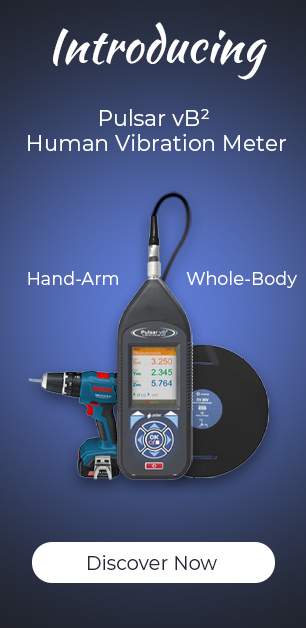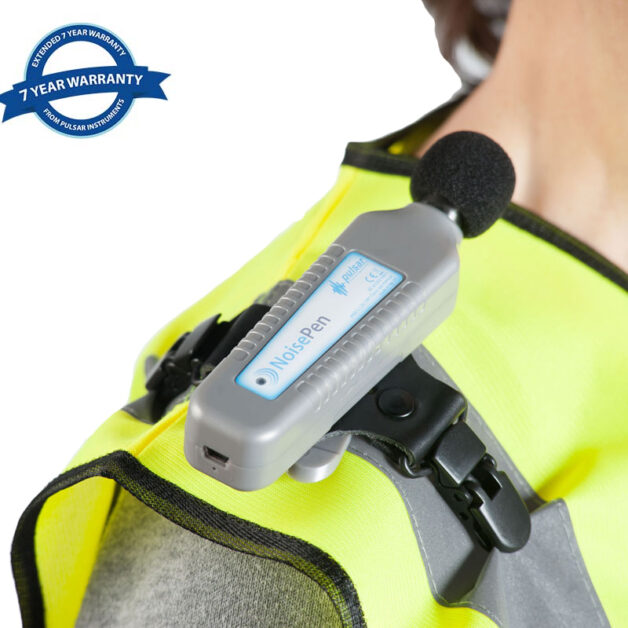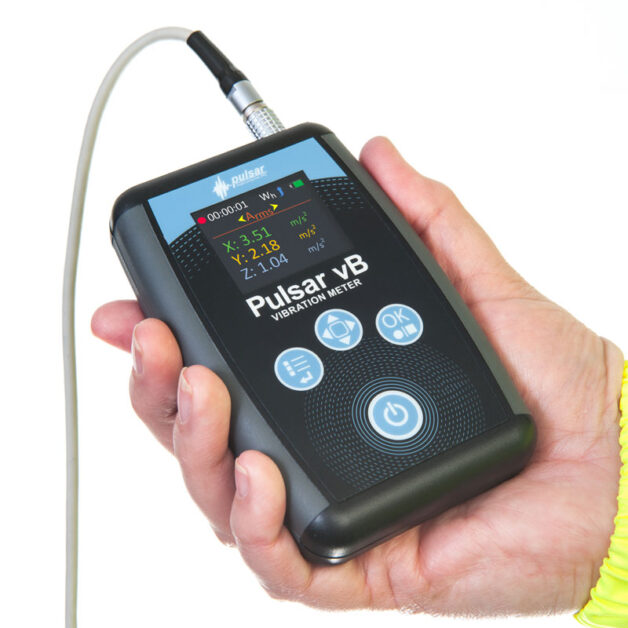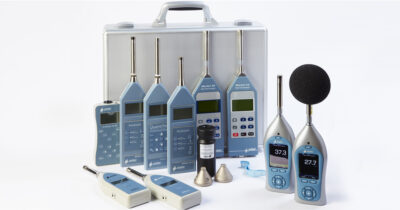New World Health Organisation (WHO) noise guidelines for Europe released
The WHO has finished investigating just how much noise affects us and has concluded it is a the top health hazard affecting both physical and mental health and well-being in the European Region.
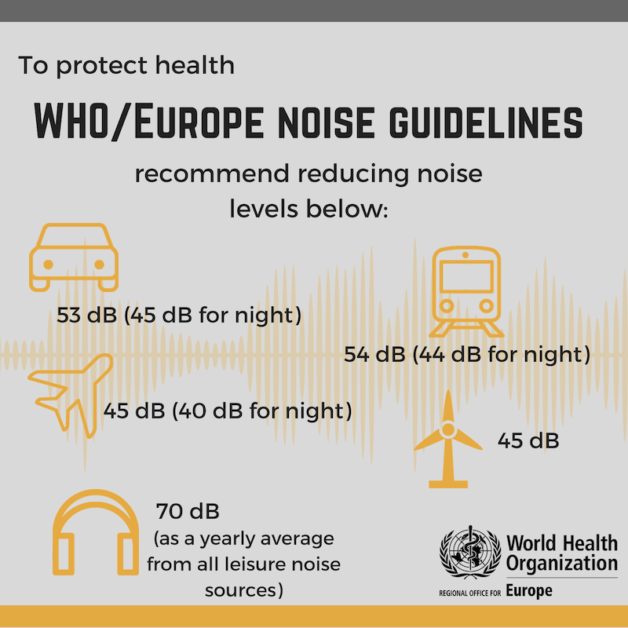
In response the WHO has released new guidelines (10 October 2018) to help reduce our noise exposure “WHO Environmental Noise Guidelines for the European Region”. The document identifies levels at which noise has significant health impacts and should not be exceeded, and also recommends actions to reduce people’s exposure.
For the first time, a comprehensive and rigorous methodological framework was applied to develop the recommendations. Compared to previous WHO guidelines on noise, this version contains five significant developments:
- stronger evidence of the cardiovascular and metabolic effects of environmental noise;
- inclusion of new noise sources, namely wind turbine noise and leisure noise, in addition to noise from transportation and traffic;
- use of a standardized approach to assess the evidence;
- a systematic review of evidence, defining the relationship between noise exposure and risk of adverse health outcomes, based on several health outcomes – cardiovascular and metabolic effects, annoyance, effects on sleep, cognitive impairment, hearing impairment and tinnitus, adverse birth outcomes, and quality of life, mental health and well-being – and the effectiveness of interventions in reducing noise exposure and negative health impacts;
- use of long-term average noise exposure indicators to better predict adverse health outcomes.
The Guidelines are targeted at European decision-makers and technical experts to support legislation and policy-making at local, national and international level, consistent with the EU Environmental Noise Directive, but the WHO hopes they also have global relevance. In fact a lot of the evidence underpinning the new study into noise effects comes from research in other parts of the world, mainly America, Asia and Australia.
Inclusion of noise from leisure activities
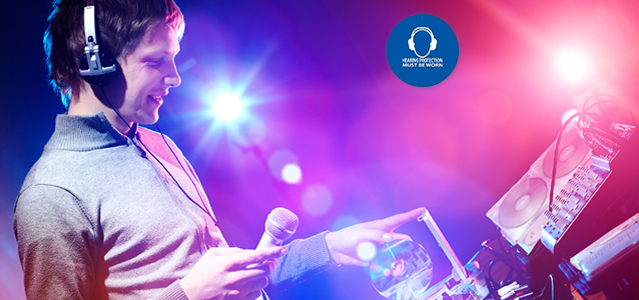
Stephen Stansfeld, a professor of psychiatry at the Queen Mary University of London who chaired the group that created the new guidelines, said previous WHO guidelines on noise issued in 1999 and 2009 hadn’t included the health hazard of noise from leisure pursuits. “These guidelines are evidence-based and health-based,” Mr. Stansfeld said.
Hearing loss occurs from the combined exposure to different sources and develops very slowly over years, making it difficult to properly gauge the health impact from prolonged use of headphones and noise from loud concerts or sporting events for example.
Listening to music through earbuds, going to concerts and attending sporting events “are activities regarded as enjoyable,” the WHO guidelines acknowledged, and some population groups—especially younger individuals—might voluntarily expose themselves to high levels of sound during these activities. Changing their behaviour could be more difficult and more expensive that measures to lower the impact of noisy traffic for instance.
No commonly accepted method for assessing the risk of hearing loss because of environmental exposure to noise has been developed, the WHO said. But it recommends that noise from leisure activities shouldn’t exceed an average of 70 decibels over 24 hours each year.
Pulsar Instruments recommends
If you are worried about noise levels in your place of work or in the environment in which you live you should first investigate how much of a noise problem there is. Pulsar Instruments sells a wide-range of noise measurement equipment including sound meters and noise-activated warning signs, we are also able to offer further advice, just give our friendly team a call.
For the full WHO press release please visit their website.

